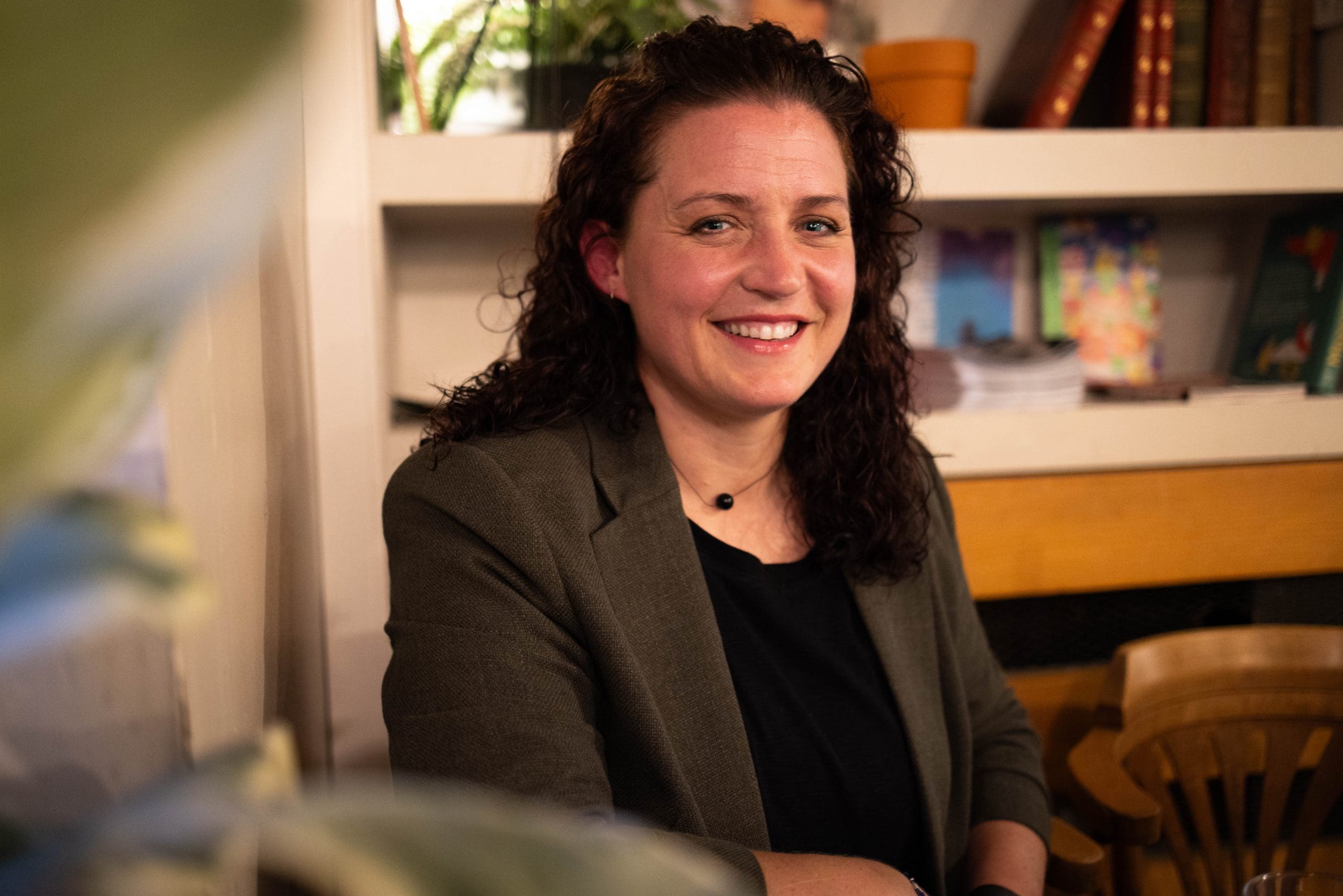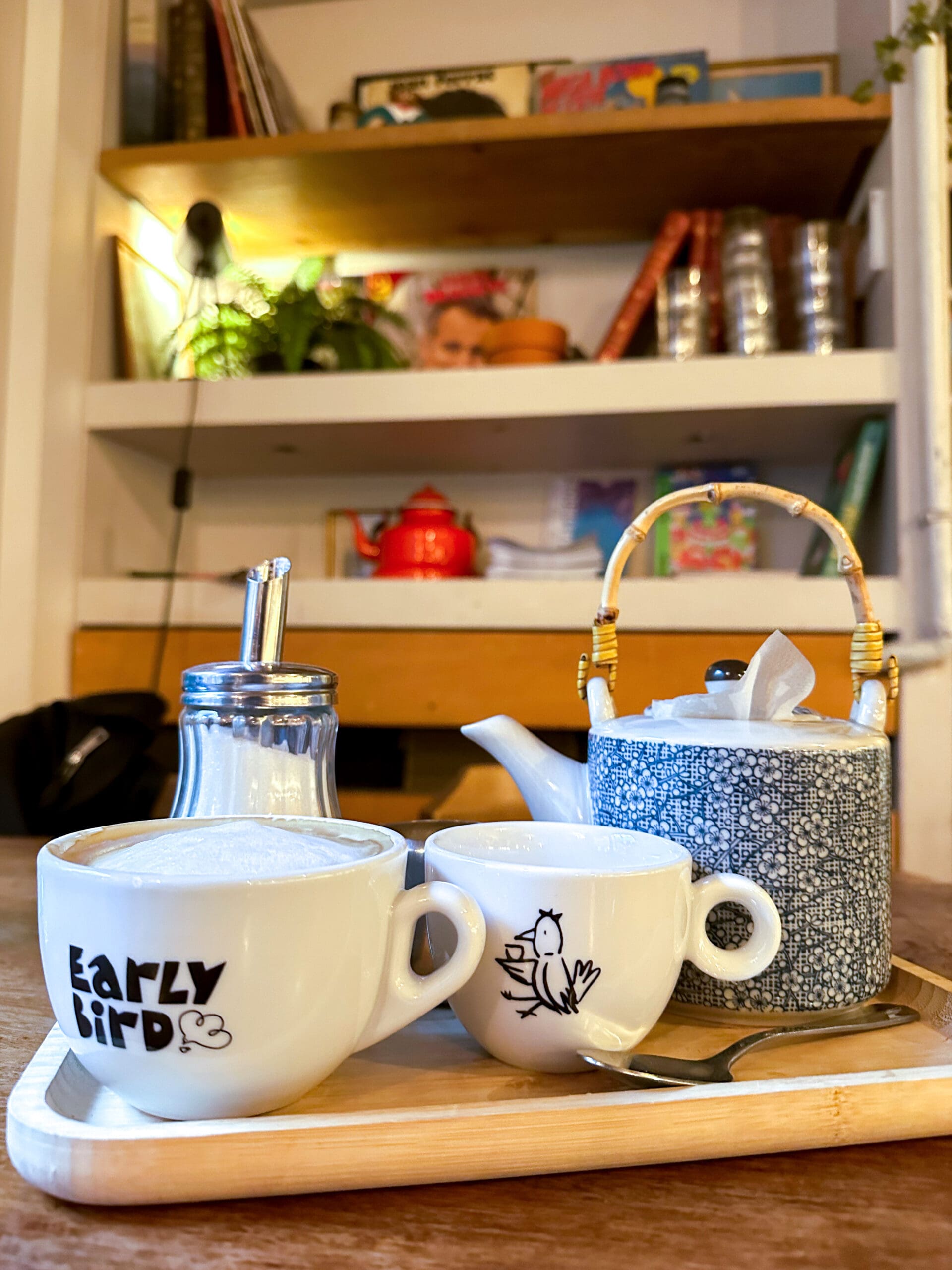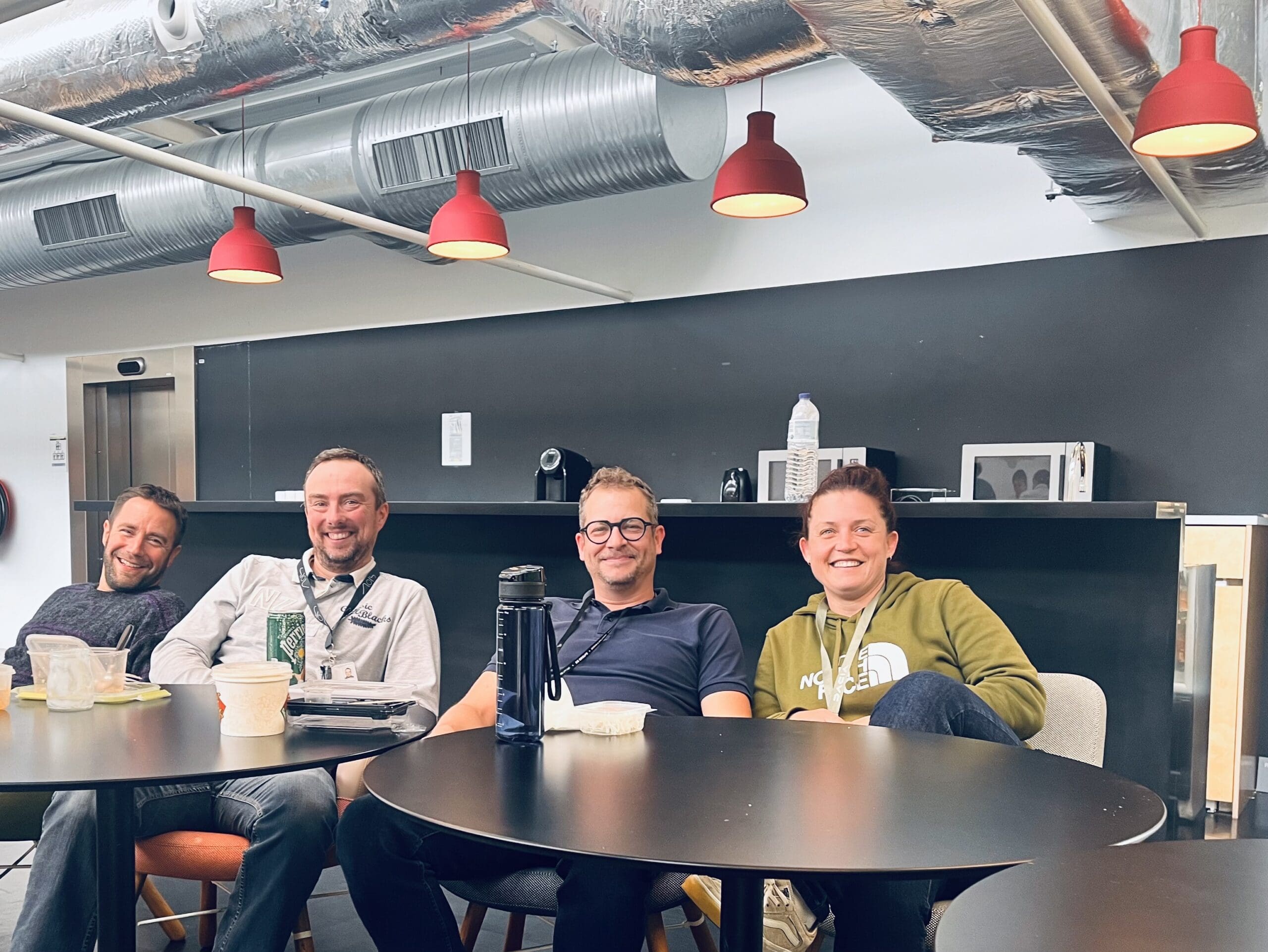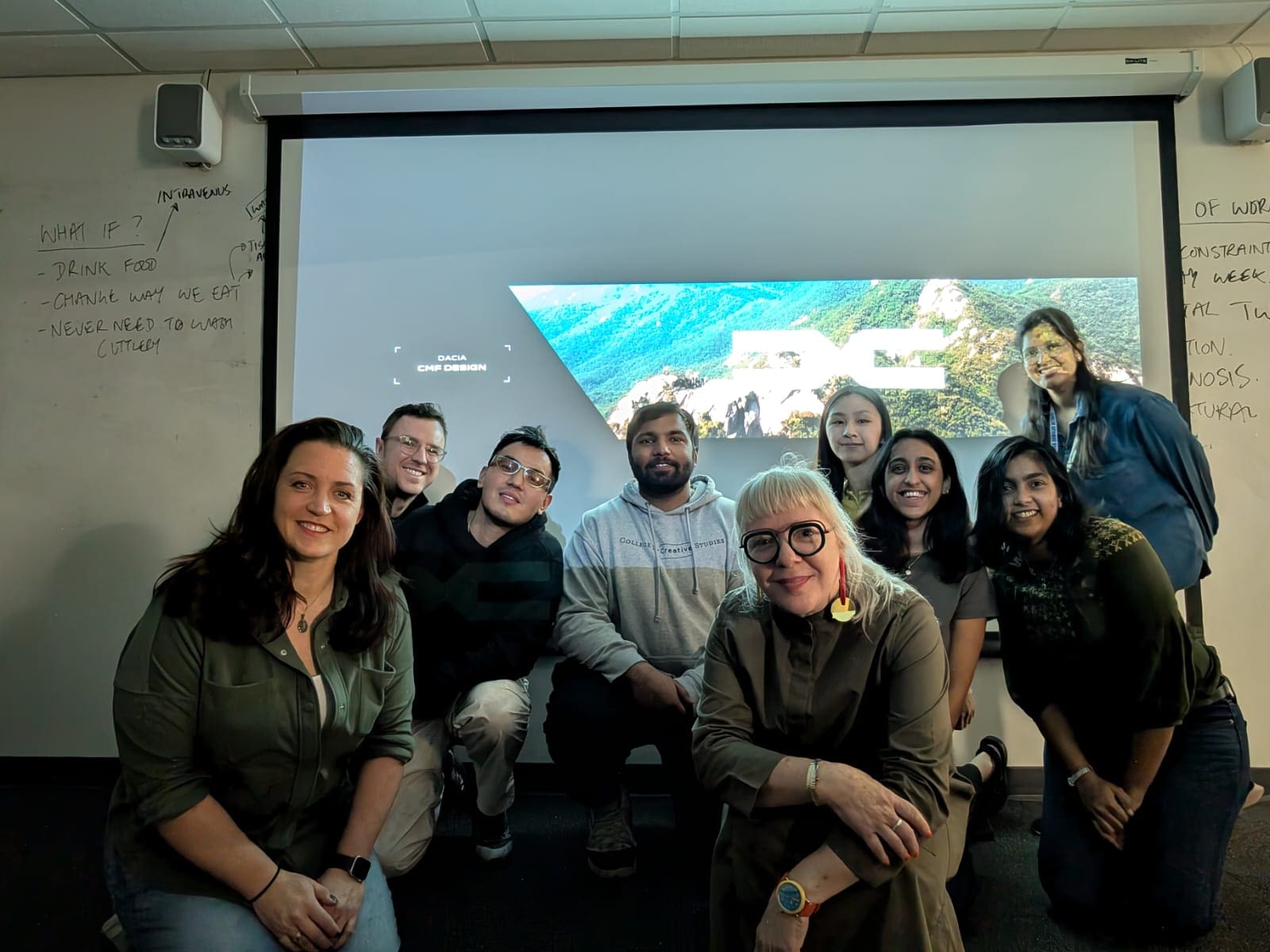Kristine Lipinski (’03 Product Design)

Growing up in an automotive-heavy family in Michigan, Kristine Lipinski had zero interest in following in their footsteps. It wasn’t until the unexpected intersection of two of her passions – design and rugby – that her path changed. After graduating from the College for Creative Studies (CCS), she moved to France and eventually began working for the world-renowned car manufacturer Renault. An opportunity to attend a French bilingual school as a child would foreshadow her unique connection to France and jump-start an incredible career and life across the pond.
The Interview
“Sometimes when destiny calls, you go, OK? I have to go to Paris to work at a company called De Trois that does concept cars.”
–Kristine Lipinski
How did you end up here in Paris?
I’m from Michigan, born and raised, and grew up in Royal Oak and Sterling Heights. I had an opportunity as a child to attend a bilingual French school, but was not receptive to that idea at the time. Then at CCS, there was an opportunity to participate in an exchange program to study abroad, but I did not pursue that direction. Little did I know, the opportunity to move to France would come up again later.
I have a double life. Other than design, I play rugby. And it just so happened that I started playing for the Detroit City side team and met my now ex-husband. He had been living in Detroit for a couple years and wanted to move back. So French culture started looking for me, it’s weird. And I thought alright, this is like the third or fourth time that France has been calling me, maybe I should listen. So I did, we moved, and about nine months after I got here, I had a job offer from a concept car company called D3. I don’t know if you know how to say “D” and “3” in French … de trois.
Sometimes when destiny calls, you go, OK? I have to go to Paris to work at a company called De Trois that does concept cars.
I showed up here, like really, everything fell into place. It was perfect.

Did you always know that you wanted to be a designer, or is that something that you found out later in life?
I had the excellent opportunity in high school to have an amazing art teacher, Pete Long. He was the best. He pushed us to really explore boundaries.
Growing up, my mother was in finance and my dad built homes. So I come from a very technical family, and me being artistic was kind of like just a hobby. So I studied science, thinking there was no path forward in art. Well, I realized at one point, I didn’t want to wear a lab coat the rest of my life. So I did some foundry studies at Central Michigan and I called that high school art teacher one day, and I said, “I want to go to art school.” He said, “Finally.” He actually helped me put together my portfolio with everything that I had done, even stuff from high school, and I got accepted. And it was thanks to him.
What does a day in your life look like?
A lot more meetings than I anticipated in design school. That’s the fortunate and unfortunate parts of this career. There is a lot of corporate and administrative involvement, a lot of politics, a lot of compromising with purchasing, with engineering, administration. Even though we may have the best and greatest design ideas, we have to also convince other people who are not as “design-sensitive,” we’ll say. So we have to find ways in order to communicate our intentions. So the communication of design and color and trim is extremely important.
What does it feel like to see your work come to life?
Fantastic.
The first project you see on the road or in real life is really humbling and exciting at the same time. It gets kind of addictive, I guess, because you really want to keep doing it. You want to make it better, and the next one better. So I think that once you get that opportunity to have something in production and you get to see it, it’s really, really a good feeling.
What do you love most about your job?
Innovation. We’re constantly trying to improve things, trying to find new ideas, find new materials that improve different industries. Because even though I do work in automotive design, I actually worked more in transportation previously, in my design company that I was in when I first started here. I did private jets and concept cars and other automotive projects. It was interesting because of all of the different elements, I love to work on the materials that make things better. Not necessarily just always pretty, but pushing the limits and trying to find just better options altogether.

How do you feel CCS prepared you for your career?
Primarily what CCS has prepared me for, to be very honest, is the ability to give and receive constructive criticism. I was lucky to have really good teachers. I think that giving us constructive criticism, especially in my classes at the time, was really beneficial to accept the fact that you may not always have the best work or you can do better. It’s not like taking a test in math where nobody sees your results except you and the teacher. Everyone sees your results, and everyone has an opinion. It was a good way to be able to understand how to take that criticism in a positive and constructive way.
If you could go back in time and talk to your younger self, what would you say?
In a weird way, I want to say nothing because I am where I am today because of everything that happened, and decisions I’ve made.
I want to say just let it go, just go with the flow. Don’t stress about the little things.
Keep exploring. I would have told myself to keep trying new things.
That’s the advice I would give me … just follow what interests you.
What would you say to either parents or students who are apprehensive about a career in art and design?
I think the creative industry today is in huge demand. If your child has a knack for this type of thing and they feel comfortable in it, and they feel confident in it, then you should let them do it. I think that if your child obviously has an interest in it and does well, and you can tell that they have something that gives them that spark, that that’s the indicator that you need to let them do it. I think that’s actually what my parents kind of accepted. I think they knew that this is something that I really enjoyed and that I was good at. So they said, “Alright, let’s see what happens,” and here I am.

“I am working now at Renault with four of the guys that I started with at that company, they’re now working with me. So we just took a picture together, it was funny, because we’re like, ‘Oh, 19 years ago, we walked in the same room, the same time together.'”



